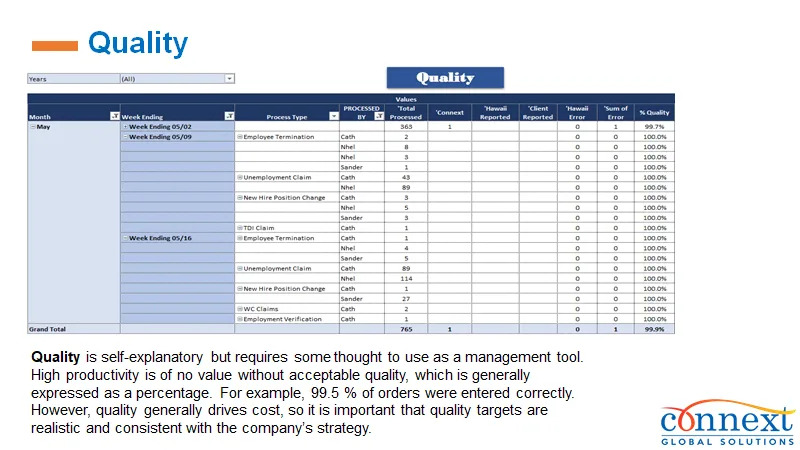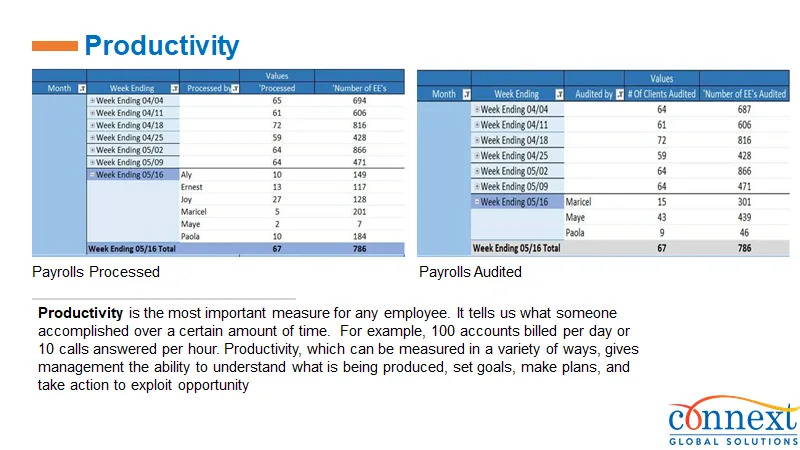Key Summary
- Accounts Receivable teams remain responsible for ongoing functions like invoicing, collections follow-up, and account reconciliation—even when hiring is paused.
- Organizations can maintain AR workflows through independent contractors, who provide operational coverage without changing official headcount.
- Connext offers a standardized agreement for bringing in AR contractors, with clearly defined roles, scope, and data controls.
- This option supports short-term operational continuity while internal hiring policies remain in effect.
- The model is focused on workflow coverage, not permanent headcount changes. Read more to get an idea of a typical accounts receivable job description:

Accounts Receivable Operations Continue During Hiring Freezes
Hiring freezes may slow the creation of new positions, but the core functions of Accounts Receivable do not stop. Invoices must still be issued. Customer payments need to be applied. Follow-up on overdue accounts remains essential to cash flow.
During hiring freezes, additional AR responsibilities may be distributed among existing finance staff. But this may only be a partial solution. Limited capacity can lead to delays in invoicing or collections, which may affect revenue timelines. Engaging contractors provides a way to manage these functions without creating new full-time roles.
A Structured Use of Independent Contractors
One method organizations use is to bring in independent contractors through a standardized agreement. This allows companies to secure temporary capacity while following internal policy restrictions.
Contractors can work on daily, weekly, or project-based AR tasks. In a sample accounts receivable job description, tasks may include issuing invoices, applying payments, reconciling accounts, and contacting customers regarding balances due. Agreements generally outline confidentiality terms, access protocols, and delivery expectations.
Connext facilitates this through its Independent Contractor Agreement, which includes defined parameters, scoped assignments, and onboarding support for client systems.
Sample Accounts Receivable Job Description
The specific duties of an AR contractor depend on the company’s systems, customer base, and billing cycle. Below is a representative outline of a Sample Accounts Receivable Job Description:
- Generate and send invoices based on sales or service records
- Apply customer payments to the appropriate accounts in the system
- Reconcile accounts receivable ledger to ensure accuracy
- Monitor accounts for overdue payments and initiate follow-up
- Respond to customer inquiries about billing and payment status
- Support month-end and quarter-end reporting requirements
- Follow company protocols for documentation and internal controls
- Operate under a contractor agreement facilitated by a provider like Connext
The idea is to handle recurring tasks that keep cash flow steady while relieving the core team of workload pressure.
Application of This Model During Operational Gaps
Independent contractors can help maintain workflow during peak billing periods, seasonal increases in transaction volume, or temporary staff absences.
They may also assist during system migrations, customer data updates, or when transitioning to new invoicing platforms. In such cases, contractors can help with data verification, backlog clearance, or process support.
Because hours and task assignments can be adjusted, this approach offers flexibility without a permanent staffing commitment.
Additional Insights
One key performance measure in Accounts Receivable is Days Sales Outstanding (DSO)—the average number of days it takes to collect payment after a credit sale. A DSO of 45 days or less is generally considered healthy, yet studies show that about 70% of companies have DSOs exceeding 46 days. Extended DSOs can create cash flow challenges, making timely AR processing an important operational priority.
For additional reference, the following resources provide broader context:
- Institute of Finance & Management (IOFM) – Resources on AR metrics and process efficiency
- Association for Financial Professionals (AFP) – Guidance on receivables management and financial best practices
Considerations Around Compliance and Control
When using contractors for finance-related roles, organizations are advised to have clear agreements in place. These typically address confidentiality, system permissions, data handling, and expected deliverables.
Connext’s contractor agreement structure standardizes these elements, helping ensure that engagements start with a clear understanding of scope, timelines, and security measures.
This approach helps maintain compliance while enabling contractors to integrate smoothly into existing workflows.
A Note on Headcount and Cost Alignment
Engaging independent contractors via a third-party provider does not usually affect official headcount reporting, making it a suitable option during hiring freezes.
From a financial perspective, the goal is not necessarily cost savings but rather preventing delays in billing or payment application that could impact cash flow. Rates vary by experience level and region, and decisions are generally made based on operational need rather than budget reduction.
Review five useful considerations for choosing an AR outsourcing partner and improving collections efficiency: 5 Factors to Consider When Outsourcing Accounts Receivable Services.
Explore strategic advantages of delegating AR tasks, especially relevant when internal hiring is restricted in Outsourcing Accounts Receivable | Improve Cash Flow & Efficiency.
For organizations needing to maintain receivables processes during hiring freezes, Connext provides a neutral, structured way to onboard temporary support. Contractors work under clear agreements defining scope, expectations, and timelines.
Companies can scale this support as needed without committing to long-term headcount changes. To learn more about this model or to access sample documentation, contact Connext.
Frequently Asked Questions (FAQs)
Yes. When contracted through a third-party provider, AR contractors do not count toward internal headcount totals.
A typical accounts receivable job description includes generating and sending invoices, applying customer payments, reconciling accounts, monitoring overdue balances, and supporting month-end reporting.
Duration depends on operational needs. Some engagements last a few weeks to cover temporary absences, while others may span several months for project-based support.
The primary objective is operational continuity and cash flow stability rather than cost reduction. Actual costs depend on role requirements, location, and contractor experience.
Clear agreements outline confidentiality requirements, data handling protocols, and system access levels to ensure financial information remains secure.








